The Psychology Behind Effective Packaging Design
Discover the fascinating psychology behind effective packaging design and learn how visual elements, colors, and shapes influence consumer behavior and purchasing decisions. Explore the strategies that successful brands use to create compelling packaging that captures attention, communicates value, and enhances the overall customer experience.
The Psychology Behind Effective Packaging Design
In the bustling world of consumer goods, where countless products vie for attention on crowded shelves, effective packaging design emerges as a silent yet powerful communicator. The psychology behind this art form delves into the intricate ways in which visual elements, colors, shapes, and textures influence consumer perceptions and behaviors. By understanding the cognitive and emotional triggers that packaging can evoke, designers craft packages that not only protect and preserve products but also captivate and persuade potential buyers. This exploration into the psychology of packaging design reveals how subtle cues can create strong brand identities, foster emotional connections, and ultimately drive purchasing decisions, making it an indispensable tool in the competitive marketplace.
Unveiling the Power of Packaging: How Design Psychology Influences Consumer Choices
Unveiling the power of packaging reveals a fascinating intersection of design psychology and consumer behavior, where the visual and tactile elements of a product's packaging can significantly influence purchasing decisions. Packaging serves as the first point of contact between a product and a potential buyer, and its design can evoke emotions, convey brand values, and create a memorable experience. Through strategic use of colors, typography, imagery, and materials, designers can tap into psychological triggers that affect perception and decision-making. For instance, warm colors might evoke feelings of comfort and trust, while minimalist designs can suggest sophistication and quality. Additionally, the shape and functionality of packaging can enhance usability and satisfaction, further swaying consumer preferences. By understanding and leveraging these psychological principles, brands can craft packaging that not only attracts attention but also resonates with consumers on a deeper level, ultimately driving sales and fostering brand loyalty.
Designing Desire: How Packaging Psychology Shapes Consumer Choices
In the world of consumer goods, packaging plays a pivotal role in influencing purchasing decisions. The concept of "Designing Desire" delves into the psychology behind packaging and how it shapes consumer choices. Packaging is not merely a protective layer for products; it is a powerful marketing tool that communicates brand values, attracts attention, and evokes emotions. Through strategic use of colors, shapes, textures, and typography, brands can create a visual and tactile experience that resonates with consumers on a subconscious level. For instance, the use of vibrant colors can evoke feelings of excitement and energy, while minimalist designs may convey sophistication and elegance. Additionally, the placement of information and the overall design can guide consumers' perceptions of a product's quality and value. By understanding the psychological triggers that influence consumer behavior, companies can design packaging that not only stands out on the shelves but also aligns with the desires and expectations of their target audience.
In conclusion, the psychology of packaging is a crucial element in the marketing strategy of any consumer-focused brand. By leveraging insights into human behavior and perception, companies can craft packaging that not only captures attention but also fosters a connection with consumers. This connection can lead to increased brand loyalty and higher sales, as consumers are more likely to choose products that resonate with their desires and emotions. As the marketplace becomes increasingly competitive, the ability to design packaging that effectively communicates a brand's message and appeals to the subconscious desires of consumers will be a key differentiator. Ultimately, the art and science of packaging design are about more than just aesthetics; they are about creating an experience that influences consumer choices and drives business success.




